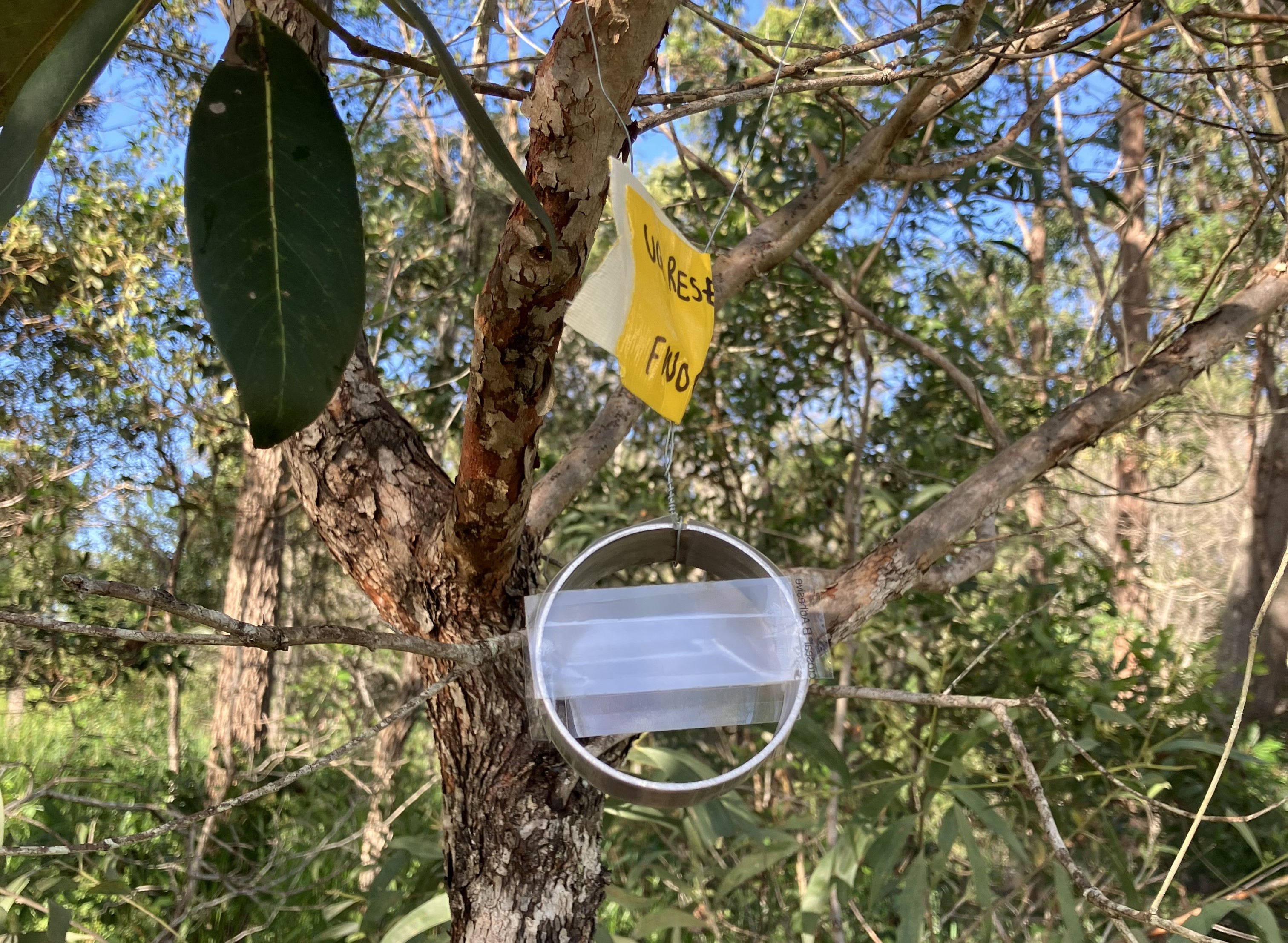University of Queensland researchers have created new tools that could change how conservation experts monitor and protect some of Australia’s most endangered species.
from led a team who’ve managed to capture airborne environmental DNA (eDNA) – DNA shed by organisms into the environment – to detect the presence of wildlife species, including koalas, in their natural habitats.
“Current methods of tracking wildlife populations such as thermal drones, detection dogs, and camera traps are critical for conservation, but are often costly and labour-intensive,” Dr Frere said.
“Our easy-to-deploy airborne eDNA collection tools can detect the presence of multiple wildlife species, specifically koalas, wallabies, possums, foxes, domestic dogs, and rabbits at a fraction of the cost.”
The research was conducted at four locations throughout the Redlands local government area due to their known presence of koalas in the region.
“We designed air filtering sample collection systems fitted with sterilised cheesecloth and placed them across locations in the region,” Dr Frere said.
“The cheesecloth allows for air to flow through with little force and can collect and retain particles easily.
“The air samples were collected and analysed using advanced genetic techniques to identify species present in the area.”
 Dr Frere said it was a non-invasive, scalable method to gather essential data on wildlife presence and biodiversity.
Dr Frere said it was a non-invasive, scalable method to gather essential data on wildlife presence and biodiversity.
“This technology can significantly improve the detection and tracking of endangered species, aiding in conservation efforts and the development of effective management strategies,” she said.
“While eDNA has been successfully used in aquatic environments for decades, its application on land is still emerging.”
The researchers are continuing to develop ways to improve the cost-effectiveness of air sampling.
“By comparing our study with conventional survey methods, we can understand what the trade-offs are to design the most powerful, efficient and cost-effective solution possible,” Dr Frere said.
“We are now working on to develop toolkits for other Australian threatened species, like gliders.”
The was published in The Journal of Applied Ecology.
Image left: The airborne DNA device hanging in a eucalyptus tree
Media Contacts
UQ Faculty of Science Media
+61 438 162 687








